The pilot maneuvers into position, points the prop into the wind and opens the throttle. For canoeists, there aren’t many moments as exciting as the takeoff of fly-in trips.
Of course, when the altitude rises, so do the stakes. As you plan your first private fly-in adventure, keep these expert tips in mind to avoid common mistakes.
1. Only one weatherman counts
Daryl Vaillancourt, president and pilot at Air Kipawa, flew canoeists into the Dumoine River area in Quebec before relocating north to James Bay. He says the biggest mistake his clients make is assuming they know what sort of weather is safe for flying.
“They’ll try to pressure pilots, saying, ‘Looks good to me’,” says Vaillancourt. They may have forgotten that the landing strip, meaning a remote lake, doesn’t have an air traffic control tower. “It’s a visual flight,” says Vaillancourt.
2. Lighten up about weight
Vaillancourt says excessive weight is an often overblown concern. His single engine de Havilland Beaver floatplane can haul up to a thousand pounds, enough to handle two canoeists, one canoe and corresponding gear.
Larger single-engine planes like the Otter can take four people and two canoes. The Twin Otter can handle six people and three canoes. Don’t expect to save money by nesting two canoes and tying them on together. “Those days are over,” says Vaillancourt.
3. Consider the straight and narrow
It’s not true that floatplanes land only on lakes, not rivers. “I’ve landed planes in pretty tight places,” says Vaillancourt, estimating that a waterway twice the width of the Beaver’s 50-foot wingspan ought to be enough room. Discretion rests with the pilot, of course, but don’t be afraid to ask the air service about river takeoffs and landings.
4. Arrive early and then proceed immediately to the gate
Lin Ward of Canoe North Adventures sends dozens of fly-in trips a year from their lodge in Norman Wells, Northwest Territories. She recommends you plan to arrive at or near the airbase the day before you are scheduled to depart.
“You don’t want to arrive and scramble to do all that last-minute packing while the charter pilot is waiting at the dock,” says Ward. “I’ve seen groups have meltdowns. It’s no way to begin a trip.”
5. Coffee and Kevin
If your drop-off involves multiple trips from the base, remember that the second trip might be delayed by weather. “Whatever plane goes in first, that group should have everything it needs to stay out,” says Ward. This means food, shelter, fire and a person capable of putting all those things together should get priority loading.
6. Declare your bear spray
For 15 years Jonathan Friesen has been flying canoeists into the Barrens, Bloodvein and Pigeon rivers for Bluewater Aviation in Bisset, Manitoba. He says most clients don’t know that bear spray is forbidden inside any aircraft. Declare it to your pilot and he or she can duct tape it to a thwart of the canoe riding outside.
7. Research and relax
Some canoeists simply don’t do enough research when scheduling their routes. One thing that affects rate of travel is river water levels. Read trip reports carefully and Friesen suggests checking levels as the trip approaches. He also recommends scheduling rest days that can be used to make up time if you get wind bound. “I never understood the ‘test yourself’ mentality,” says Friesen. “Why not plan a day off and enjoy it?”
8. No need to get a CB handle
Friesen says VHF radios are cumbersome, complicated and not a practical way to communicate with pilots. Instead, buy or rent a satellite phone—some even have text capability. Or carry a SPOT satellite locator device with the air base’s email address programmed so they can keep abreast of your progress, or lack of. If you do need to contact a pilot to change your pickup location, you may need to provide coordinates. Make sure you have proper topographic maps with intact margins.
LOOK FOR A PILOT WITH AN IFR RATING — I FLY RIVERS



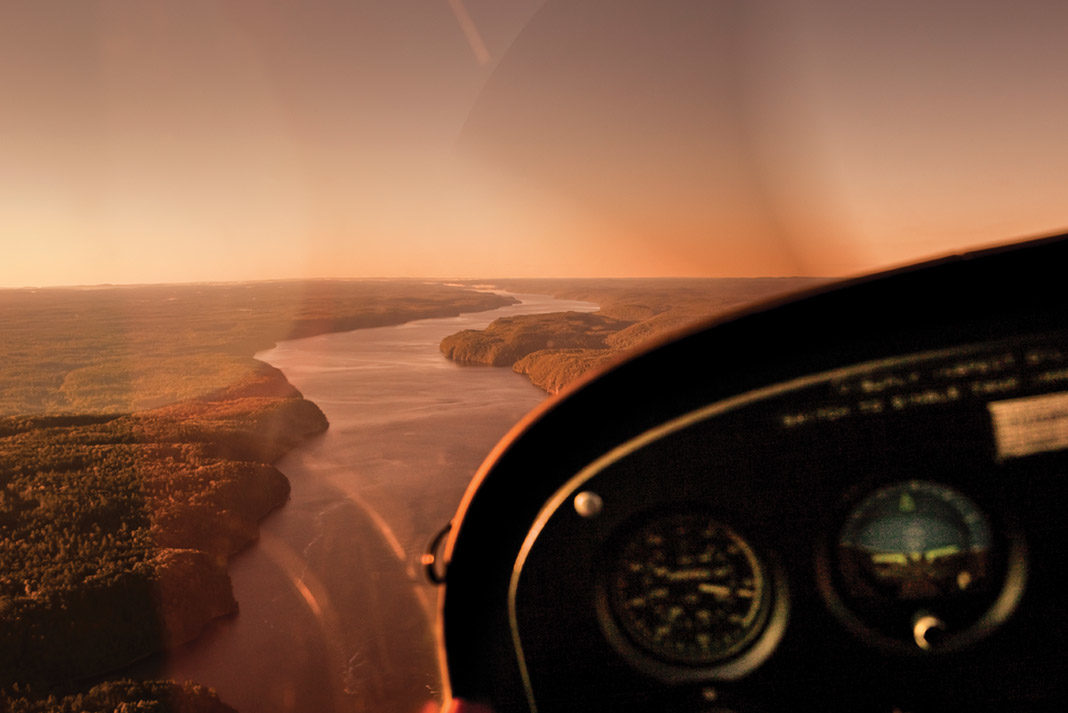

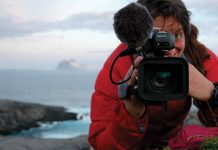
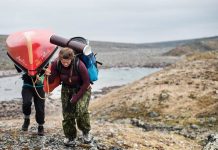
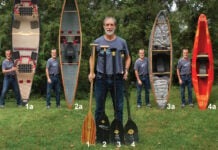
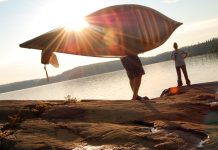

I’ve flown thousands of miles on bush planes is this is the best article I’ve read regarding what fly-in paddlers should and should not do. Congratulations to the writer for a superb job here. A few more little bits of advice: 1) I’ve had a few twin otter pilots question whether I can really fit 3 canoes inside their airplane. Yes you can–just smile and show them. 2) Things become very hectic when loading the aircraft. Make separate piles of gear for each team. Load one pile at a time before you go to the next pile. Parsonally carry aboard the small stuff that’s most dear to you, like map, PFD, GPS etc: if you have a rifle or shotgun, BE SURE it’s unloaded and cased and put aboard the airplane by YOU after everything else is loaded. I once had a front sight on a rifle damaged because I allowed someone else to load the gun aboard. 3) When the pilot sets you down, ascertain that the location is correct (check with your map and GPS); 4) DO tip the pilot. I also include a six pack of beer or a 5th of good whiskey. This has paid off big time for us several times in the past. On one occasion, we were picked up on time when a forest fire was raging around us and virtually all available aircraft were used to fight the fire. My crew was the only crew that was “rescued” that day.
Pilots get the last word on where to land, too, not just whether to fly. If your pilot doesn’t like the looks of your chosen lake or river landing (or pickup spot) you’ll have to adjust your plans. Make sure your maps cover areas adjacent to your preferred route.
As a bush pilot and a canoeist I can say this article was right on. Reread #1 Pressuring a pilot to fly when the pilot does not like the weather is a very bad idea, despite how anxious you may be to get underway on your trip. Trust me, it is much better to be on the ground wishing you were in the air, than in the air wishing you were on the ground.
I might add one thing about the pick-up. It is easy for you to see the plane in the sky. It can be difficult for the pilot to see you on the ground. As soon as you hear the plane, get busy. Too late to start a fire, but if you have one going, throw on some moss to create smoke. Aim your camera at the plane and force flash. Get out on the water, much easier to see a canoe splashing in the water than overturned on the bank. If the plane banks, don’t assume the pilot has seen you. He may still be looking. Keep signaling until his floats hit the water. AND THEN when it taxies up to the beach stay well away from the prop until it stops spinning!